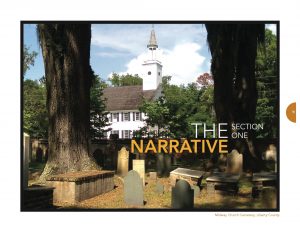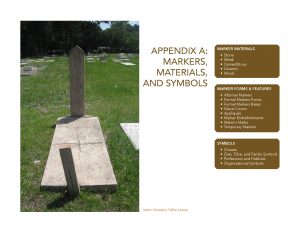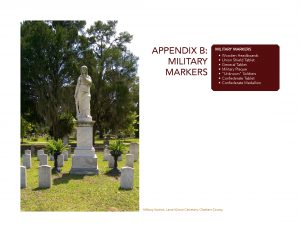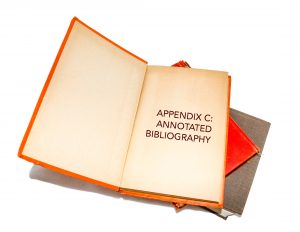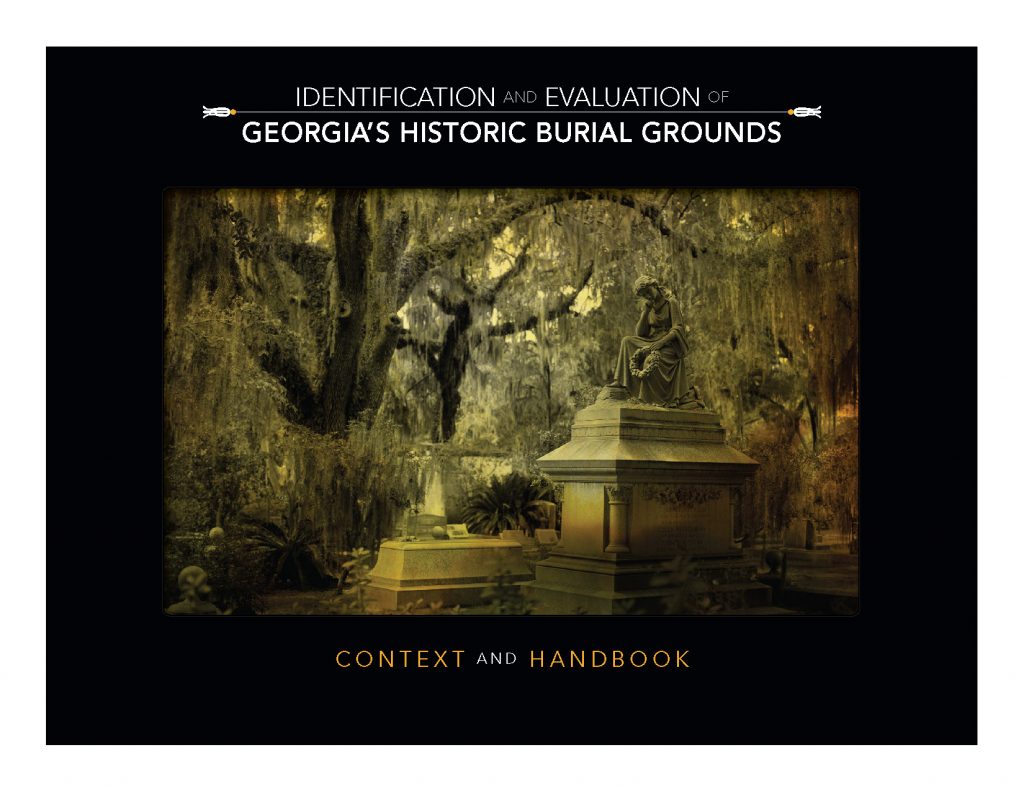How to Use this Handbook
This handbook provides tools within a three-part structure to assess the historical significance of Georgia’s burial grounds for the purposes of compliance with Section 106 of the National Historic Preservation Act. It starts with Section One, The Narrative, which is presented both chronologically and topically and was authored by a number of individuals to widen its perspective. The goal of this narrative is to provide historic context to burials in Georgia. Next, Section Two provides a literal toolkit that furnishes a common vocabulary for describing cemetery features; defines specific types and styles of cemeteries in Georgia; and discusses cemetery survey methods. Finally, Section Three offers a process for evaluating historical significance and determining eligibility for the NRHP. The accompanying appendices provide additional resources, including: Appendix A for describing markers, materials and symbols; Appendix B, for military markers; and Appendix C for an annotated bibliography of useful references.
It is important to note that there are no shortcuts. It is vital to use all three sections of the handbook to reach a detailed evaluation of a cemetery for the purpose of Section 106 compliance. While the goal of the context is to provide guidance for Section 106 practitioners, it may also have interest to other groups interested in Georgia’s historic burial grounds. Separate downloads are provided for each section as the file sizes are large.
Section One, The Narrative
The narrative forms the foundation for the document. In order to develop a system of classification and to understand burial grounds and their features, it is crucial to first understand the history of human burial in Georgia. This section provides the historic context of Georgia’s burial grounds. It serves as the basis for understanding what NRHP areas of significance could be examined for a cemetery.
Download Section One – The Narrative
Section Two: Cemetery Landscapes
Section Two of this handbook contains three parts: (1) a visual guide for how to physically describe a cemetery; (2) the presentation of concepts for cemetery types and styles to help a surveyor integrate the physical elements of a cemetery with the historical narrative of cemeteries in Georgia; and (3) a discussion of methods for researching and recording a cemetery. Supporting all of these descriptions in Section Two are Appendices A and B that offer detailed information on marker forms, materials, and symbols.
Download Section Two – Cemetery Landscapes
Section Three: Evaluating the Historical Significance
In Section Three, the handbook tackles the challenge of evaluating and assessing the historical significance of Georgia’s burial places as historic properties for the purpose of Section 106 compliance. This section looks at how the NRHP areas of significance, criteria for evaluation, criteria considerations, and aspects of integrity all apply to cemeteries. It will help a Section 106 practitioner answer questions such as “What characteristics can make a family cemetery in Georgia eligible for the NRHP?” “How could a cemetery convey significance under Criterion A for Community Planning and Development or for Exploration and Settlement?” “What possible research questions could be answered by cemeteries significant under Criterion D for Information Potential?” The final part of Section Three presents case studies that show step by step the process of survey and evaluation (Appendix C). These are supported by examples of GDOT Property Information Forms (PIFs) for cemeteries in Appendix D.
Download Section Three: Evaluating the Historical Significance
Identification and Evaluation of Georgia’s Burial Grounds: Context and Handbook
Download Full Context and Handbook
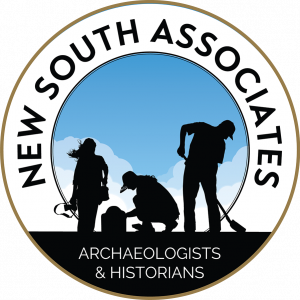

This document was developed by the Georgia Department of Transportation and New South Associates in coordination with the Georgia State Historic Preservation Office. The context is also available on the GDOT Cultural Resources webpage at https://www.dot.ga.gov/GDOT/pages/CulturalResourcesProjects.aspx
